By SHO ITO/ Staff Writer
April 3, 2025 at 07:00 JST
South Korean makeup and skincare brands may have dethroned France as Japan’s top cosmetics importer for the first time in 2022, but they have only continued to evolve and climb in popularity since.
The global “K-beauty” wave’s effect in Japan translates into an import value that has multiplied sevenfold compared to that of 10 years ago.
Products’ comparable affordability and matching pace with fast-paced trends makes them particularly popular among younger generations.
Rather than being exclusive to makeup counters or brand-specific stores, Japan’s more widespread convenience stores and lifestyle chains have begun selling South Korean cosmetics with notable success.
Family Mart Co. became the last of Japan’s top convenience stores to offer the country’s beauty products on March 14 when “hana by hince” items debuted on shelves.
Developed with South Korean cosmetics company hince, the convenience store iteration is aimed at 18 to 25-year-olds and claims products match the quality of the main brand’s that targets the 25 to 35 age group.
The lineup consists of 23 products that include primers, blush, lipstick, lip tints and nail polish with colors, luminosity and luster geared toward young people.
Items are travel-sized and cost between 680 yen ($4.50) to 1,780 yen.
“This is the perfect brand for customers who want to enjoy playful makeup and achieve trendy looks like the South Korean idols they admire,” said Nana Shimada, general manager of Family Mart Co.’s product division at the launch event in February.
It is also a bid to capitalize on a younger market that has shown scant past interest. Thirty to fiftysomethings account for 70 percent of the crowd picking up makeup when they stop by Family Mart. Only 10 percent are in their teens to 20s.
By using South Korean makeup to attract younger customers, the company expects its overall cosmetics sales in fiscal 2025 to increase by more than 20 percent from the previous year.
“We want to raise awareness in the Japanese market, which is the second-most important market after South Korea,” Heo Jaeseok, CEO of Vivawave Co., which handles planning and sales for hince.
Heo also cited Family Mart’s easy accessibility and ubiquitousness throughout the country as a benefit of the partnership at the launch event.
SNACKS & GLAM
Lawson Inc. was the first of the country’s major convenience stores to stock South Korean cosmetics in March 2023 when it launched “&nd by rom&nd.”
As with Family Mart and hince, Lawson partnered with South Korean rom&nd to create the brand that attracted significant social media attention ahead of release day.
The 300,000 units, which were meant to sell over a two-month period, were snatched up in only three days.
Currently, the company offers 30 products and has sold a cumulative 5.4 million units.
Makeup from rom&nd is usually priced between 1,500-3,000 yen, but “&nd by rom&nd” products cost 1,000 yen and are about a one-third smaller.
A Lawson spokesperson said, “The products’ small size is advantageous because they’re easy to try out and use up, and the ‘cute worldview’ of the small sizing is appealing to teens and twentysomethings.”
Fifty-one percent of those who picked up &nd by rom&nd foundation in September 2023 were in their teens to 20s. This is double the 26 percent recorded the prior September when another brand's foundation was being sold.
There is also an impression that buyer intent has changed from “emergency purchases” to “purposeful purchases,” according to the spokesperson.
The company most recently released the “Greige” series of cosmetics for shoppers older than 30 on March 28.
Seven-Eleven Japan Co. has experienced similar success after introducing “twinkle pop by.CLIO” in May 2024, with eye shadows and lip tints for around 1,000 yen among the offerings.
In January, its women’s cosmetics sales were up about 30 percent compared to the same month last year.
The original demographic scoping out the Seven-Eleven makeup selection was mainly customers in their 40s and above. However, a significant percentage of this particular brand’s patrons are in their 30s or younger.
CONSUMER APPROVED
K-beauty and skincare products are also becoming more widely available at lifestyle stores.
In spring 2024, the Loft Co. held its first “Loft K-Cosme Festival,” featuring 503 products from 98 South Korean cosmetic brands, and was well received.
The same event returned in autumn with 621 products from 122 brands, and sales were 40 percent higher than a different event held at the same time the previous year.
For the entirety of fiscal 2024, sales of South Korean cosmetics shot up by more than 70 percent over the previous year, Loft said.
The company said one factor behind the success story is the speed at which these South Korean companies can reflect trends into their products.
Hands Inc. (formerly Tokyu Hands) also started a project featuring South Korean cosmetics in 2024, and the number of customers during the project period increased 40 percent over the previous year.
Styling Life Holdings Inc., the company that operates the youth-centric Plaza chain, said its customer base is expanding not only among young people but also among those in their 30s and 40s.
“South Korean cosmetics are now accounting for a higher percentage of top-selling products,” said a Styling Life Holdings spokesperson.
According to the Japan Cosmetic Industry Association, beauty product imports from South Korea jumped more than sevenfold from 13 billion yen in 2013 to 95.9 billion yen in 2023. It dethroned long-reigning France and became the top importer by country in 2022.
A spokesperson for istyle Inc., a company that operates “@cosme,” one of the largest beauty information sites in Japan, attributes South Korean beauty companies exploring new fields as why the popularity of the country’s products is so far-reaching.
When istyle announced the “Best Cosmetics Awards” in December 2024 selected based on consumer reviews, South Korean brands swept the top three spots in the “boosters” category; this relatively new category of skincare devices focuses on anti-aging and improving product absorption.
South Korean companies also received accolades in the “sheet masks” category, ranking first and third.
The industry’s standard of typically having one face mask per package makes it easier to sample a variety compared to committing to a week’s worth of one type of sheet mask fit into a single resealable bag.
Manufacturers in other countries have taken note. According to istyle, French luxury brands are now incorporating ingredients commonly used in South Korean cosmetics into their products while Japanese makers are creating ones that match its neighbor’s makeup trends.
Whether the lessons are based in science or the superficial, South Korea’s ongoing dominance in the world of beauty is a phenomenon that competitors will continue to study.

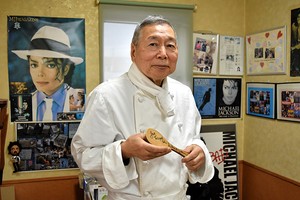

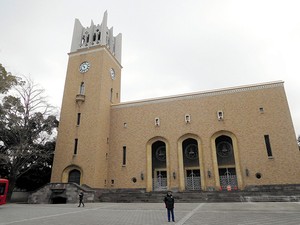
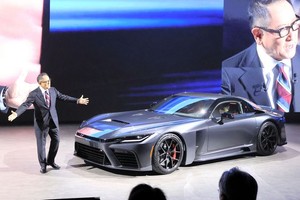
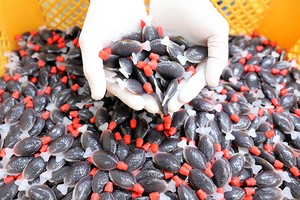




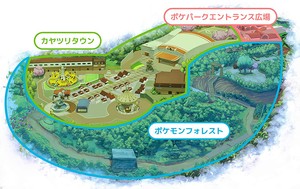




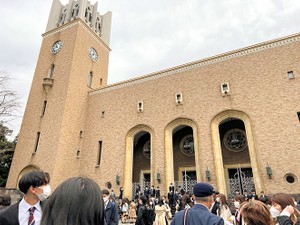



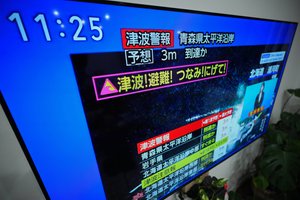
A peek through the music industry’s curtain at the producers who harnessed social media to help their idols go global.
A series based on diplomatic documents declassified by Japan’s Foreign Ministry
Here is a collection of first-hand accounts by “hibakusha” atomic bomb survivors.
Cooking experts, chefs and others involved in the field of food introduce their special recipes intertwined with their paths in life.
A series about Japanese-Americans and their memories of World War II